On October 9th, the "International Seminar on Low Carbon Cementitious Materials With a Special Focus on LC3" jointly organized by CBMF and the EPFL was held in Beijing. Liu Jianhua, Vice President of CBMF, and Nadia Benani, Head of International Cooperation,Embassy of Switzerland in China, attended the meeting and delivered speeches. The meeting was chaired by Shen Yuliu, Director of the International Cooperation Department of the CBMF.
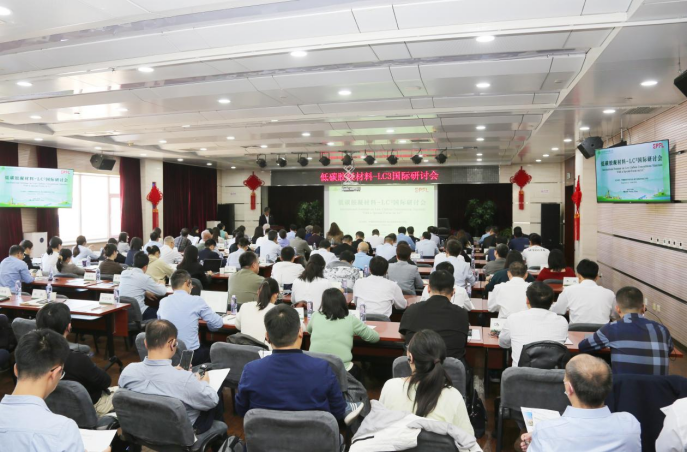
Liu Jianhua pointed out in his speech that developing and promoting the application of low-carbon cementitious materials is one of the important technological paths for the cement industry to achieve carbon reduction. The China Building Materials Federation implements the industry development goal of "Superior products and advanced industry, for the benefit of mankind", and is committed to promoting the early realization of the "dual carbon" goal in the building materials industry. It innovatively proposes and creates a "Six-Zero" demonstration factory for the building materials industry with Zero purchased electricity , Zero fossil energy , Zero primary resource, Zero carbon emission, Zero waste emission, and Zero employee, which has been highly recognized by domestic and foreign peers and widely responded by industry enterprises.
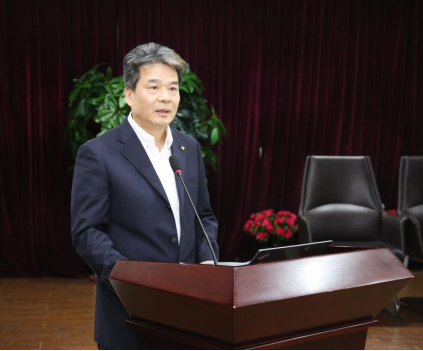
Nadia Benani introduced that Switzerland has supported research on LC3 from the beginning of 2005 through the Swiss National Science Foundation. Since 2013, the Swiss Agency for Development and Cooperation (SDC) has supported the technical validation, standardisation, knowledge dissemination and commercialisation of LC3. To achieve a net-zero future, improvements are needed at different life cycle stages,Switzerland, through the Swiss Agency for Development and Cooperation, has supported the development of an innovative cement called Limestone Calcined Clay Cement or LC3 from the laboratory to large-scale production with the aim of promoting low-carbon development.
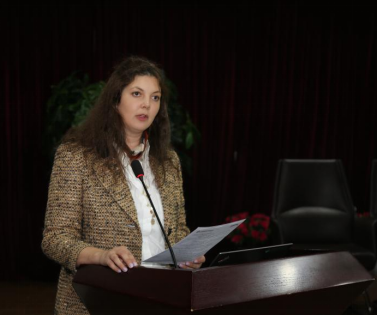
Karen Scrivener, Professor and Director of the Laboratory of Construction Materials in the Department of Materials of EPFL,Fellow of the UK Royal Academy of Engineering, introduced LC3 and LC2 in her speech . Limestone-calcined clay (LC2) is a blend of limestone and calcined clay. When blended with Portland cement clinker, this creates LC3 (limestone calcined clay cement) cement which is a new type of cement that is based on a blend of limestone and calcined clay. LC3 can reduce CO2 emissions by up to 40% by using limestone and low-grade clays which are available in abundant quantities, is cost effective and does not require capital intensive modifications to existing cement plants.By increasing the use of alternative cementitious materials in cement production, minimizing cement content in concrete, and improving concrete efficiency in building design, carbon dioxide emissions can be significantly reduced throughout the entire value chain of buildings, which is crucial for addressing climate change. In addition, she also focused on introducing the technology, characteristics, and global development of LC3, which aroused strong interest from the attendees.
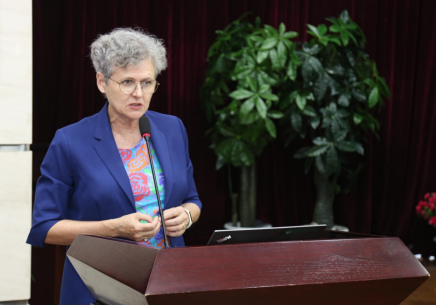
Fazhou Wang,professor and Vice President of Wuhan University of Technology, systematically introduce the latest research progress of low-carbon cementitious materials such as carbonatable binders and high ferrite cement, around the needs of the carbon neutrality strategic goal of China's building materials industry, in order to provide technical ideas for the high-quality development of the building materials industry.
R. Douglas Hooton, Professor Emeritus, Department of Civil & Mineral Engineering, University of Toronto, Canada, delivered a speech with the theme of “Reducing the Carbon Footprint of Concrete Mixtures Using Existing Tools”. He stated that Portland-based cements will continue to be used for most concrete applications. but we can significantly reduce the carbon footprint of concrete with the materials & tools we have today.
Dr. Sui Tongbo, VP, SINOMA International Engineering delivered a speech on “Calcined Clay and LC3 in China”. The progress of research and industrial application of key technology for calcining clay and making LC3 low carbon cement is introduced on basis of National Key Research Program during the 13th 5-year planning period. The performance of resultant calcined clay and LC3 cement and concrete is also included.
Dr. Leng Faguang, General Manager, Building Materials Research Institute, China Academy of Building Research introduced “Research and Application of New Solid Waste Based Cementitious Materials”. The experimental data, relevant technical standards, and application cases of limestone powder, phosphogypsum, and full solid waste cementitious materials were introduced respectively.
Wang Bin, Deputy General Manager, CBMI Construction Co., Ltd., introduced the Background of carbon emission reduction action of CBMI ,Basic research of raw materials, equipment development and other demonstration applications in engineering and LC3 implementation plan of CBMI.
Xue Shiwei, Vice President of Carbon Peaking and Carbon Neutrality Branch of China Construction Strategy Institute, General Manager of China Construction Carbon Technology, introduced the carbon based economic model and its important significance in promoting energy conservation and carbon reduction throughout the entire lifecycle of the construction and building materials industries.
Dr. Shen Bo, Energy/Environment Research Scientist, Berkeley Lab, delivered a speech on “International Practices for Green Building Material Procurement”, stating that mplementing the government's green building material procurement policy can effectively promote the demand for low-carbon technologies.
During round table session, Prof. Karen Scrivener , EPFL,Dr. Leng Faguang, General Manager, Building Materials Research Institute, China Academy of Building Research ,Liu Qinfu,Director of the Department of Energy Geology, China University of Mining & Technology, Beijing,Claude Lorea,GCCA Cement, Sustainability an Innovation Director,Jiang Dehong, VP of Xinjiang Tianshan Cement Company Limited, and Liu Chen,National Cement Standardization Technical Committee, discussed the sources and properties of low-carbon cementitious materials, relevant standards, industrial production and applications, and answered the questions raised by the attending representatives.
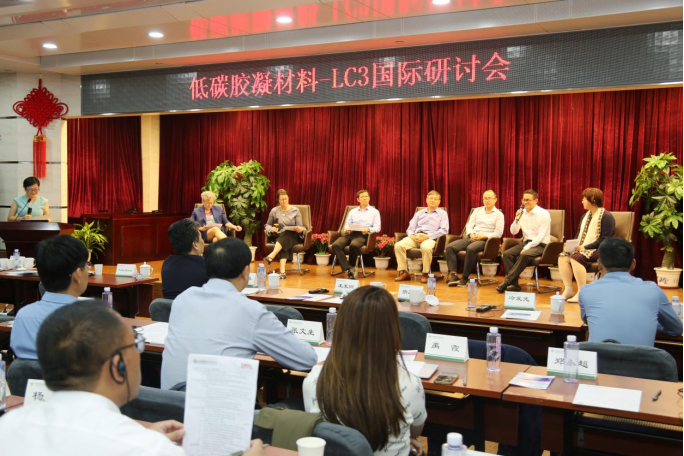
Nearly 150 representatives from relevant international institutions such as the RMI, NRDC, Climate Works Foundation, C40 Cities and Energy Foundation China, as well as domestic and foreign enterprises and research institutes in the building materials industry, participated in this seminar.




